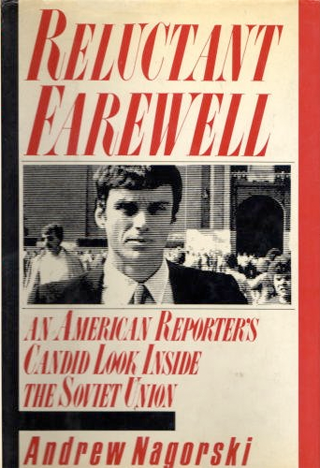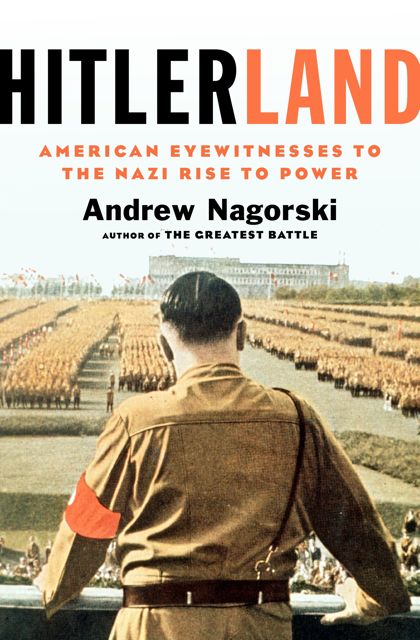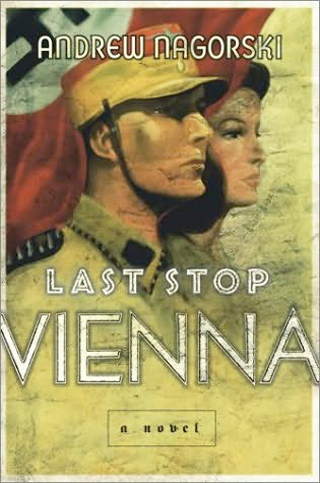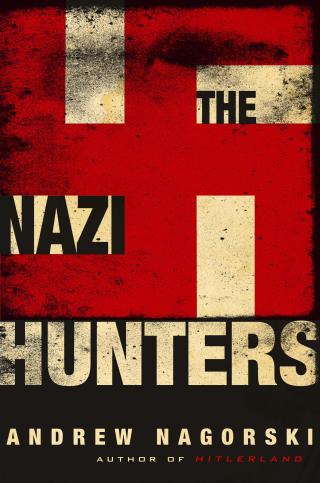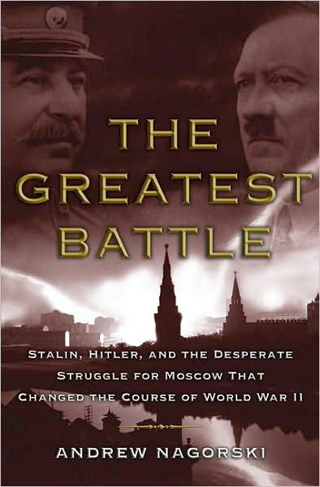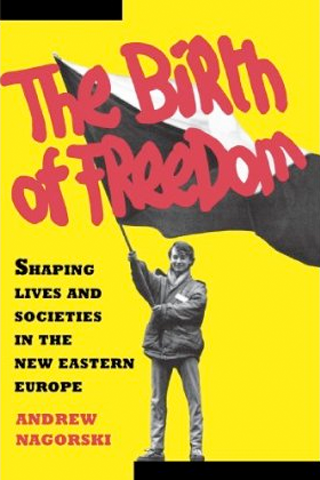'Saving Freud' looks at the iconic psychoanalyst's 1938 flight from Vienna amid the Anschluss, and the people who made sure he made it to London safely.
ON March 15, 1938, three days after German troops crossed into Austria, approximately 250,000 people greeted Adolf Hitler when he appeared on the balcony of the Hofburg, Vienna’s imperial palace, to announce the political union of Austria with Nazi Germany, through annexation.
The Anschluss launched mass arrests in Vienna and triggered a wave of anti-Semitic violence too. Jews were beaten and killed, their stores looted, and dozens committed suicide. As the German takeover of Austria began, Sigmund Freud was ensconced in his longtime residence and office at Berggasse 19 in Vienna’s 9th district. “Finis Austriae (the end of Austria),” the neurologist and founder of psychoanalysis observed in his diary at the time.
“As a Jew, [Freud] was automatically in danger, as the undisputed public face of what most Nazi officials denounced as [his] Jewish pseudoscience,” Andrew Nagorski, author of Saving Freud, explains from his home in St Augustine, Florida, in the US.
The Scottish-born American journalist has spent more than three decades as an award-winning Newsweek foreign correspondent, and editor, in Bonn, Berlin, Moscow, Warsaw, Rome, and Hong Kong. From 2008 to April 2014, Nagorski was vice president and director of the international affairs think tank, Eastwest Institute.
His latest book begins in 1896, when Freud first coined the term “psychoanalysis”. It was based around the idea of a conversation between a patient and their therapist. Freud believed this could greatly improve the patient’s wellbeing, by making their unconscious thoughts, impulses, and motivations, conscious — thus giving the patient a greater insight into a greater sense of their own self-awareness.
Freud claimed that since most human beings are never completely themselves, they become unduly self-protective. The primary assumption of psychoanalysis was that all people possess an indelible irrationality, made up of unconscious thoughts, feelings, desires, and memories.
“[The history of psychoanalysis] began with the Vienna Psychoanalytic Society, which was a small group that gathered every Wednesday evening at Freud’s residence,” says Nagorski. “Freud wanted to spread those ideas way beyond Vienna, and Budapest, where most of the early followers were from.”
Nagorski then focuses on Freud’s escape from Nazi Vienna to the safety of London, which began with a train journey to Paris, on June 4, 1938. The journey was by no means easy, however. It took a concerted effort from what Nagorski calls “an ad hoc rescue squad”.
“These were a mix of colourful personalities of divergent backgrounds and nationalities, but they all shared a common interest: A devotion to Freud and his theories,” Nagorski explains. “They also wanted Freud to overcome his reluctance to leave Vienna.
“Freud always held this hope that the Austrian politicians would be able to keep the Nazis and Hitler at bay,” says Nagorski. “He felt the anti-Semitism in Vienna, which he often complained about, would remain, albeit it on a modest scale. But, of course, after the Anschluss that proved to be a major miscalculation.”
Ernest Jones, who became Honorary President of the International Psychoanalytical Society in 1949, was one of the leading figures of the so called “rescue squad” that Nagorski’s book explores.
“A Welsh doctor, Jones, began reading Freud’s work in German as a young man and was then introduced to Freud, via the Swiss psychologist Carl Jung,” says Nagorski. “Jones brought Freud’s work into the English-speaking world and helped make Freud a global figure by publishing a three-volume biography."
The rescue squad was made up of other loyal Freudian disciples, including William Bullitt, Marie Bonaparte, and Freud’s daughter, Anna Freud. “Anna Freud was the youngest of the Freuds’ six children and Freud became her analyst,” says Nagorski. “She took care of her father’s daily needs, in his apartment in Berggasse 19 in Vienna, and then later at Freud’s house in Hampstead, London, where he died in September 1939.”
Anna also played an important role in the financial wheeling and dealing that enabled the Freud family to leave Vienna for London, in June 1938. Anna negotiated directly with the Nazis, which helped overcome the bureaucratic obstacles standing in the way of the Freuds emigrating to England. Money also came into the equation.
The biographer notes that after the Anschluss, the Nazis appointed so-called trustees for prominent, rich Jewish families in Austria. Freud was part of this wealthy group, though by no means the richest.
“The Nazis created what they called ‘a flight tax’,” says Nagorski. “This saw them assess the individual wealth of some of Vienna’s richest Jews. In Freud’s case, they calculated that he had a net worth [in assets] of about $50,000.”
In today’s money that would roughly amount to $1m. The Nazis ordered Freud to pay roughly 25% of that sum, if he wished to leave Vienna safely. Freud paid the Nazis. He got the money, in cash, from Marie Bonaparte, wife of Prince George of Greece and Denmark, and also the great grandniece of Napoleon.
Ernest Jones, who was very resourceful and had a lot of connections in high places, also played an important role in getting the Freuds to London, as Nagorski explains. “Jones pulled every string he could in London to make sure the Freuds got entry permits into England. But until the Freuds got on the train in Vienna, on June 4, 1938, bound for Paris, it wasn’t clear if he and his family were going get out of the country safely.”
By the time Freud arrived in London in 1938 he was already a world-famous intellectual. In Britain, many who met the founding father of psychoanalysis were in awe and even starstruck.
“In Austria, Freud developed this fame gradually, he was a well-known figure in the cafes and streets of Vienna,” says Nagorski. “But in London he was treated as a huge celebrity, and his arrival was seen as a major event, which got huge coverage in the British press. Many other famous figures in Britain at the time came to see Freud at his home in north London, including, HG Wells, Virginia Woolf, and Salvador Dali.”
Nagorski notes that some of Freud’s relatives who remained in Austria were not so lucky. In 1942, four of Freud’s sisters, Rosa, Paula, Maria, and Adolfine, were all taken from Vienna and shuttled to Theresienstadt: A Jewish ghetto established by the SS during the Second World War, in the fortress town of Terezín, in the Protectorate of Bohemia and Moravia. Adolfine Freud starved to death there.
The three other Freud sisters, meanwhile, were transported from Theresienstadt to the Treblinka II extermination camp in Occupied Poland, where they perished in the gas chambers. The Freud family did not learn of their deaths until 1946.
“Freud left his sisters a good deal of money in the hope that they could survive,” says Nagorski. “When he got out of Vienna, he asked Marie Bonaparte, who was working to get other Jews out of Austria and Germany, whether she could try again to get his sisters out. But it was not possible.”
While researching the book, did Nagorski consider what might have happened to the Freud family had they stayed in Vienna after 1938?
“Yes. It’s something I have thought about,” the author concludes.
“Freud probably still would have died before the Holocaust began, as his life ended in London in September 1939. But I would guess that, had he in stayed in Vienna after 1938, he and his family would have been increasingly terrorised by the Nazis, and that his wife, Martha, and daughter, Anna, would have been killed in the Holocaust.”
Saving Freud: The Rescuers Who Brought Him to Freedom
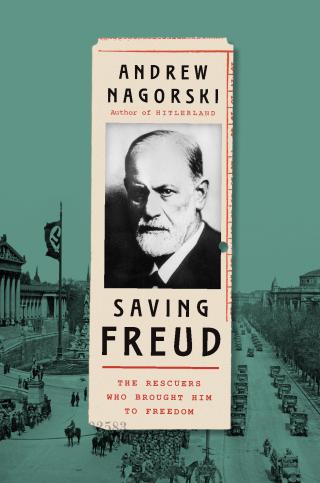
A dramatic true story about Sigmund Freud’s last-minute escape to London following the German annexation of Austria and the group of friends who made it possible.
Now in Paperback in the US and the UK

